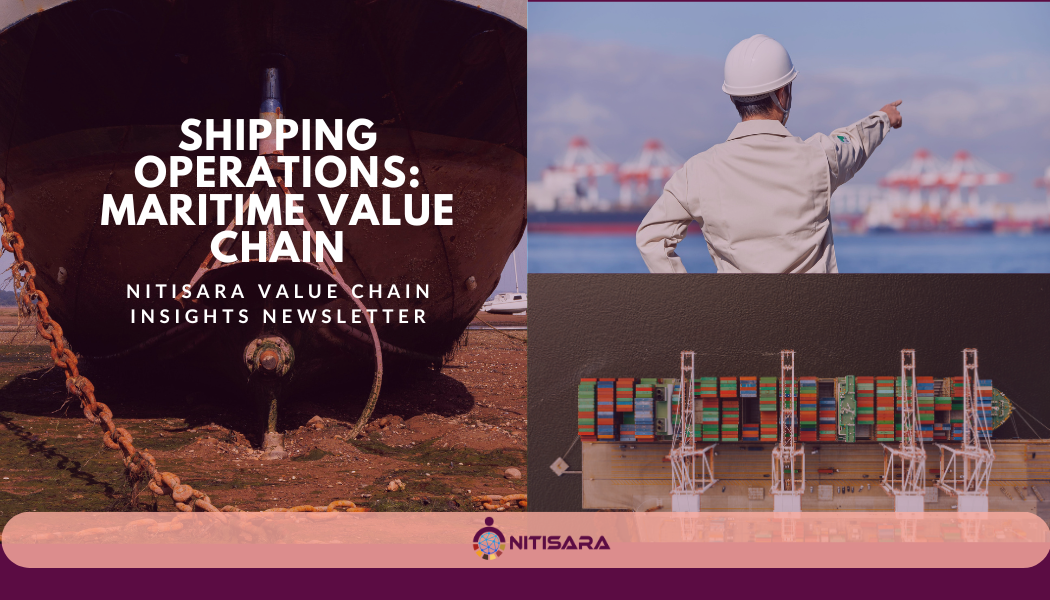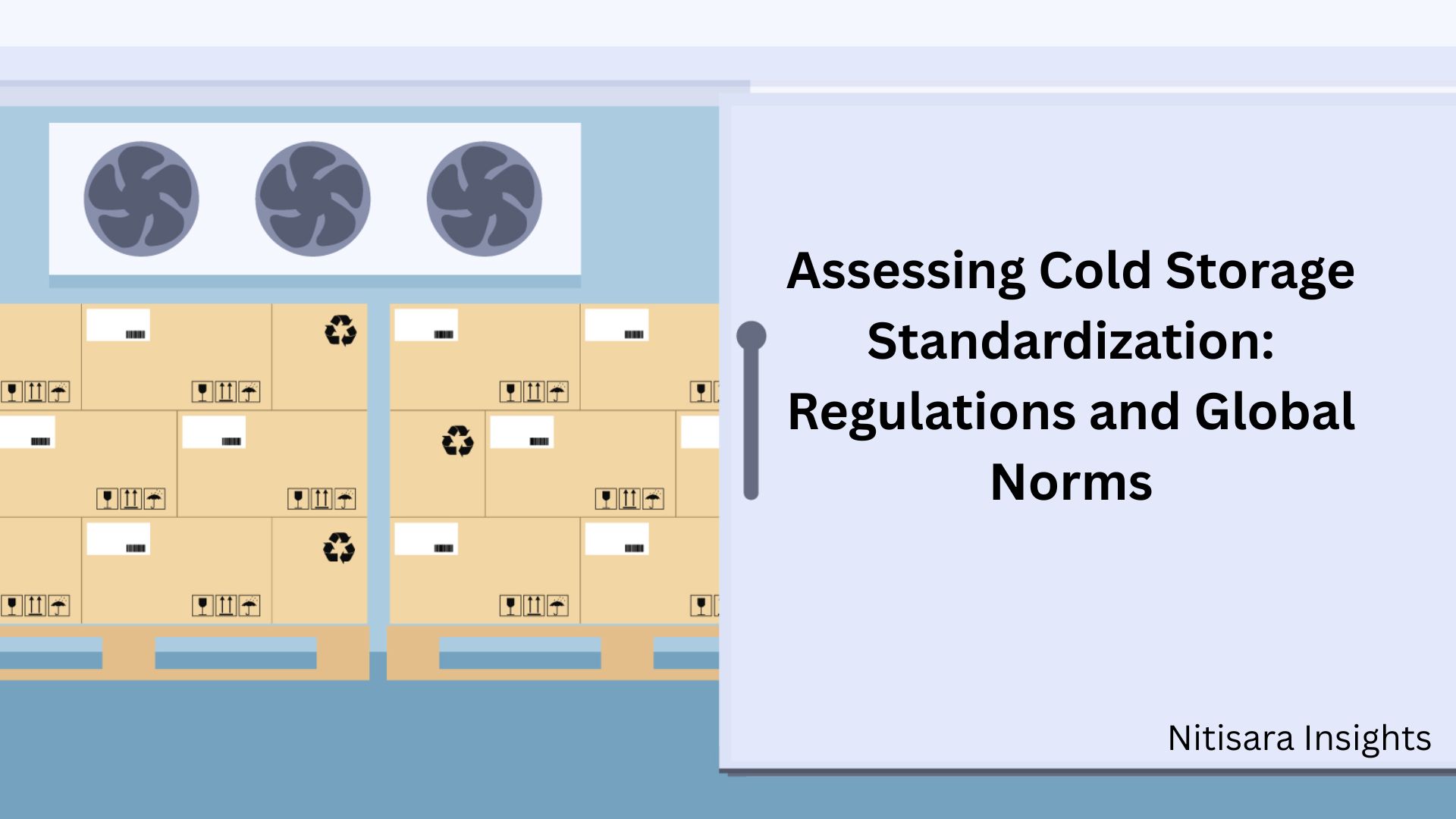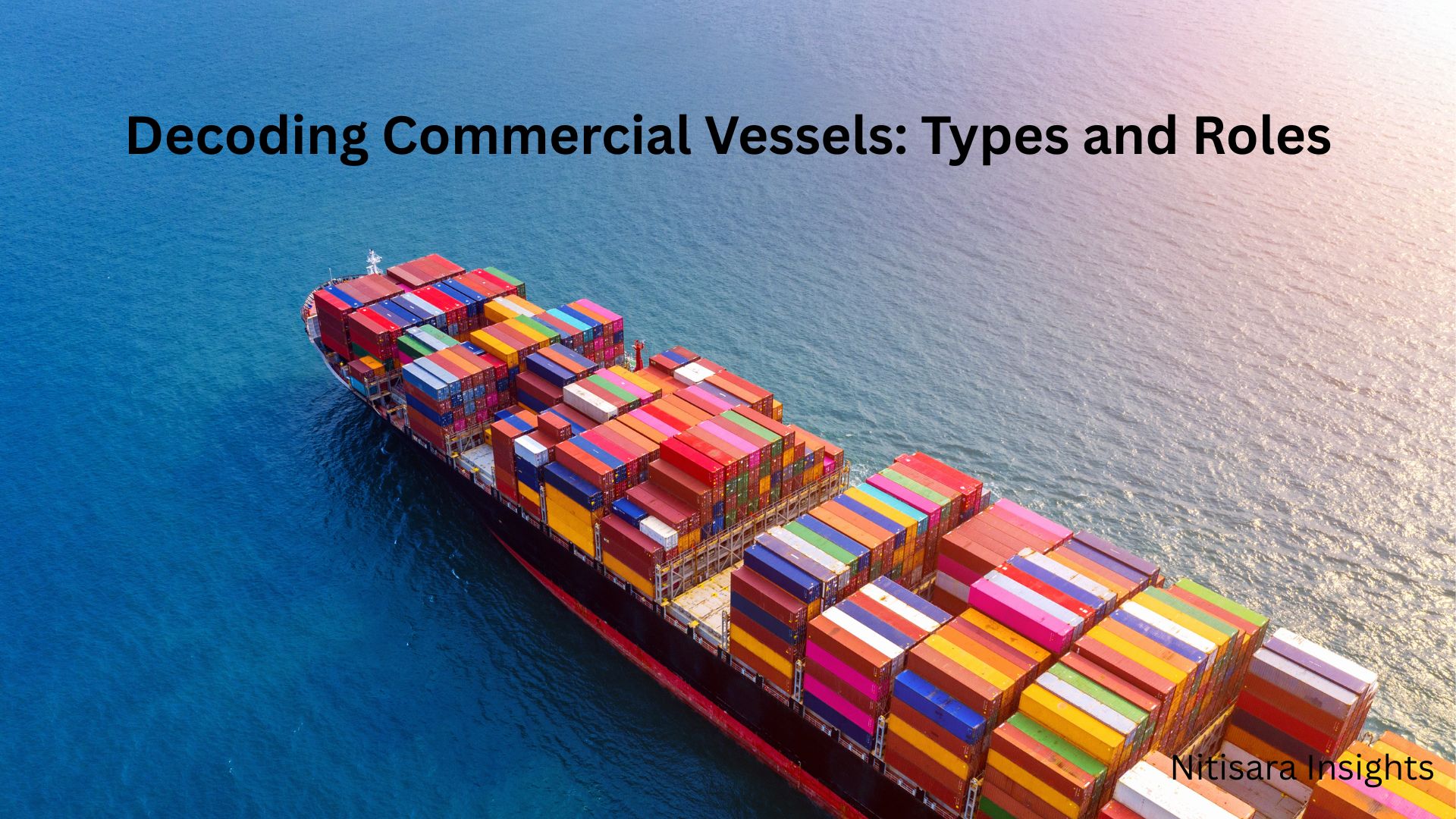
By Tanmay Goel, Researcher, Nitisara
India and Australia’s bilateral commerce relationship has grown immensely in the last few years, crossing $49.1 billion in bilateral trade by 2023 on the back of energy needs, production needs, and an impetus for Indo-Pacific coordination 1. Australia is amongst the main suppliers of raw materials like coal, copper, and wool to India, while India exports medicines, textiles, engineering products, and automobile parts to the Australian economy. The Economic Cooperation and Trade Agreement (ECTA) has been a game-changer by reducing tariffs and streamlining border procedures, cementing the logistical and regulatory environment in support of trade.
Introduction
India and Australia’s economic engagement has grown steadily over the past decade, driven by complementary strengths: India’s skilled labor and manufacturing capacity, and Australia’s natural resource wealth and demand for diverse consumer goods. The signing of the ECTA marked a new phase in this relationship, reducing tariffs on 96% of Indian exports and giving Australian businesses improved access to a massive and growing Indian market 4. This has made it easier and more attractive for companies in both countries to build trade linkages and invest in supply chain integration. At the core of this trade alliance are goods that require complex logistics and regulatory management. Australian exports like coal and metals enter India via bulk shipping routes, while Indian pharmaceuticals and textiles rely on container shipping, cold chains, and air cargo for timely delivery. However, compliance with Australia’s rigorous documentation, biosecurity, and labeling norms remains a critical hurdle for Indian exporters.
India-Australia Bilateral Trade Growth Under ECTA (2020-21 to 2024-25), Source: Author’s own
What are some critical commodities and supply chain routes in India–Australia trade?
India–Australia trade has a high turnover of raw materials and manufactured goods. Australia exports to India coal, LNG, critical minerals, and agricultural produce such as almonds and barley, while India exports refined petroleum, pharmaceuticals, textiles, engineering goods, and ICT products in return. They are normally shipped via sea freight since the volumes are huge and there is immense distance between the two nations. Principal Australian ports such as Melbourne, Sydney, and Brisbane handle Australian exports to India, and principal Indian ports such as Mundra, Chennai, and Vishakhapatnam receive Australian imports. For perishable or time-sensitive products such as foodstuffs or pharmaceuticals, air freight is utilized through terminals such as Melbourne and Delhi. In the supply chain, freight forwarders, shipping agents, and logistics technology platforms are responsible for facilitating end-to-end visibility, customs adherence, and delivery coordination. The ECTA has also facilitated the trade flow by lowering tariffs and allowing more surefire planning of logistics.
Coking coal exports are the biggest sector in Australian-Indian trade. Major Australian mining firms dominate the venture and supply around 76% of India’s coking coal imports. Australia exported 45.53 million tonnes of coking coal to India in 2022, following a record 54.25 million tonnes in 2021 2. Imports are very important for India’s steel industry, which also relies on imported coking coal since it is unable to locate many quality deposits within its borders. Australian firms have attempted to boost exports of iron ore to India, but competition from local Indian suppliers and other international sources destroyed exports which decreased from 411,000 tons in 2021 to zero tons in 2022 2.
Top 10 Indian Exports to Australia by Value (2024), Source: Author’s own
What are the compliance and document requirements for Australian export from India?
Australian export from India necessitates that Indian companies adhere to a well-established set of compliance and document requirements to provide product safety, quality, and legality. Australian import regulations cover a wide range of requirements, such as biosecurity, labeling, safety certification, and packaging requirements. For example, agricultural products and foodstuffs need to satisfy requirements by the Australian Quarantine and Inspection Service (AQIS), while manufactured products typically need to satisfy requirements by Australian Standards (AS) in most cases 3. These papers may include commercial invoice, packing list, certificate of origin, and test certificates or sanitary/phytosanitary certificates where specific, depending on the product. Indian exporters also employ customs brokers and forwarders who are familiar with Australia’s import infrastructure so that all the documents are proper and filed in time. The use of electronic interfaces such as India’s ICEGATE and Australia’s Integrated Cargo System facilitates quick customs clearances. The ECTA also addresses mutual acceptance of standards and fast clearances in some product groups.
Under the ECTA, SPS measures are governed by WTO standards and require proper certification to ensure product safety for humans, plants, and animals. For dairy exports from India to Australia, the requirements are extremely demanding due to Australia’s biosecurity protocols. Australian dairy import regulations mandate that all dairy products undergo strict pre-approval processes through the AQIS. Products containing more than 10% dairy content by dry weight require import permits, while those below this level need manufacturer declarations or food product labels confirming the lower dairy content 3. The approval process includes individual manufacturing plant inspections and country-level approvals, making market entry particularly challenging for Indian dairy exporters.
How has the ECTA impacted India-Australia trade supply chains?
The Economic Cooperation and Trade Agreement (ECTA) that was implemented in December 2022 has had a major effect on India–Australia trade supply chains. By removing tariffs across various products and simplifying trade procedures, the agreement has lowered the cost of doing business across the nations considerably. For Indian exporters, major sectors such as textiles, pharmaceuticals, and engineering goods have become competitive in the Australian market. In contrast, reduced duties make Australian wine, agri-products exports to India possible. Supply chain-wise, planning and predictability have increased with the ECTA. Firms now have the ability to enter into larger and longer contracts because they feel confident that the risks associated with costs are more guaranteed. The arrangement also promotes cooperation in infrastructure of logistics and e-commerce, further supporting ease in customs and documentation. The ECTA also has standard recognition and dispute resolution provisions, which keep the delays and operational risks at bay. Overall, the ECTA saw increased volumes of trade but also strengthened the bilateral supply chain environment’s reliability, solidity, and efficiency.
ECTA Tariff Reductions by Sector: Before and After Comparison, Source: Author’s own
In conclusion, India–Australia trade is now in a new era of higher integration, lower friction, and deeper strategic complementarity. The trade in the core exports of Australian coal, copper, and agri-commodities to India, and Indian pharmaceuticals, textiles, and engineering products to Australia hinges on well-organized seaborne trade lanes, smooth port operations, and compliant paperwork. Supply chains on each side are ever-more digitized but remain responsive to regulatory intervention, particularly in biosecurity, safety, and labeling. The Economic Cooperation and Trade Agreement (ECTA) has been a key driver, reducing the tariff on a majority of traded products and streamlining customs formalities. This not only makes goods cost-competitive but also promotes long-term supply chain investments and diversification. To Indian exporters, ECTA lowers the entry barriers to the high-standard market of Australia, while Australian suppliers gain through quicker clearance and access to India’s increasing centers of demand. Yet, the complete potential of this trade corridor can be utilized only if companies persist in investing in quality control, digital logistics solutions, and regulatory readiness.
References:
- https://www.pib.gov.in/PressReleasePage.aspx?PRID=2088669
- https://gmk.center/en/news/australias-mining-companies-are-looking-to-increase-iron-ore-exports-to-india/
- https://www.aphis.usda.gov/sites/default/files/as-dp-info.pdf
- https://www.dfat.gov.au/sites/default/files/the-australia-india-economic-cooperation-and-trade-agreement-factsheet.pdf
The views expressed do not represent the company’s position on the matter. Stay informed through Nitisara Platform and Blogs and adapt to emerging trends that are poised to thrive in the competitive global marketplace. – https://nitisara.org/category/blogs-updates/










